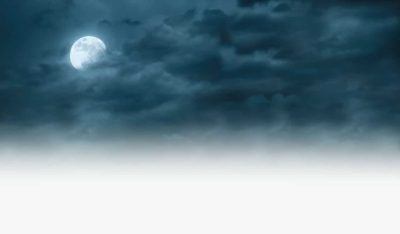
Let’s get in the Halloween spirit this week by examining horror, the all-encompassing genre of fear. Within horror exists many sub-genres including supernatural, slasher, sci-fi, zombie, humor, survival, and many more, yet for this discussion we’ll focus on psychological horror.
Horror has evolved over hundreds of years from eternal damnation and supernatural monsters to the evil hiding inside our own minds. One of the first examples of horror writing was the description of the nine rings of Hell in Dante’s Divine Comedy: Inferno in 1307, which was later censored during the Spanish Inquisition for being too controversial.
Gothic masterpieces such as Dracula, Frankenstein, and The Strange Case of Dr. Jekyll and Mr. Hyde featured monsters that represented humanity’s ills in the 19th century. And today, contemporary horror writers such as Stephen King, Anne Rice, or Clive Barker often focus on what grotesque acts regular people are capable of, sometimes with a monster or two but not always.
Many of today’s most popular horror books are also categorized as psychological thrillers. One example of a book from this particular sub-genre is Sharp Objects by Gillian Flynn. It’s the best of her four books, in my opinion, and one adapted into an award-winning series on HBO.
What are the characteristics of horror?
After conducting some online research I found four common characteristics of what makes a horror story:
- A setting that is spooky or brooding
- A protagonist who makes poor decisions
- A menacing villain in the form of a person, monster, or psychosis
- The building of suspense through a well structured plot and graphic details
Sharp Objects satisfies each of these characteristics. The protagonist Camille Preaker, a troubled newspaper reporter who returns to her hometown of Wind Gap, Missouri to write about the unsolved murders of two local girls, is ideally suited for horror.
Camille is dealing with a past trauma involving her family. Check. Drinks too much to numb the pain. Check. And is a recovering cutter who’s already covered her entire body with hurtful, disparaging words. Check.
The setting of Wind Gap is significant to the story because the reader senses something is terribly wrong in this small town, and it’s somehow inextricably part of Camille’s psyche. Upon arriving in Wind Gap Camille observes: “Wind Gap was unhealthy for me. This home was unhealthy for me … I’d been good about booze for six months, but nothing counted here.”
Camille’s mother Adora is the villain in the story. Seeing her again after so many years triggers Camille and sends her on a downward spiral. The two of them aren’t close and Camille often wonders if her mother even cares about her at all. “She rarely asked questions of any potency. It was either an exaggerated concern for others’ privacy or she simply didn’t care much. I’ll let you guess which option I favored.”
Using the fear of the unknown to build suspense
Flynn’s plot reads like crime fiction as well, a murder mystery for readers to solve. While reporting on the murders, Camille discovers a local boy who actually witnessed one of the girls taken by the killer, and his description of the event is chilling.
“She was wearing a white bed dress with white hair. She was just all white, but not like a ghost,” he says. “Natalie was walking in the grass to find the Frisbee. And I saw the woman moving from inside the woods, watching her.”
He adds, “She pulled Natalie against her, like she was hugging her. And then she looked up at me. She stared at me. She smiled at me. For a second I thought it might be all right. But she didn’t say anything. And then she stopped smiling. She put a finger to her lips to be quiet. And then she was gone into the woods. With Natalie.”
The image of an unidentified woman in white is far more terrifying than if the killer had been a werewolf or giant spider because fear of the unknown is the most potent of all. The boy’s failure to identify this symbol of pure evil makes the scene that much more terrifying.
In Stephen King’s 1981 book on horror called Danse Macabre, the author describes how he waits as long as possible to actually reveal “the monster” in his writing because nothing is as terrifying as your own imagination trying to reconcile the unknown.
